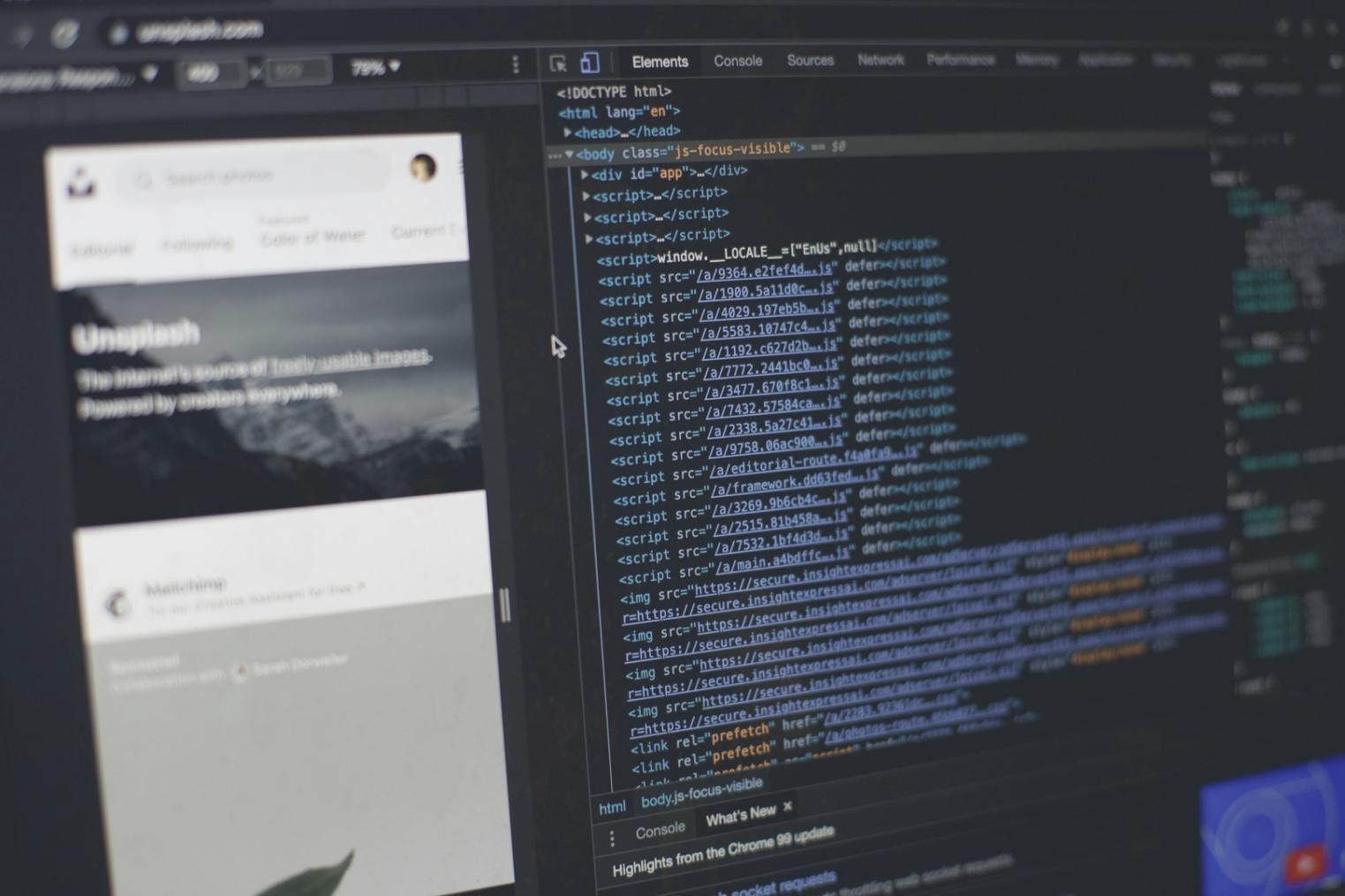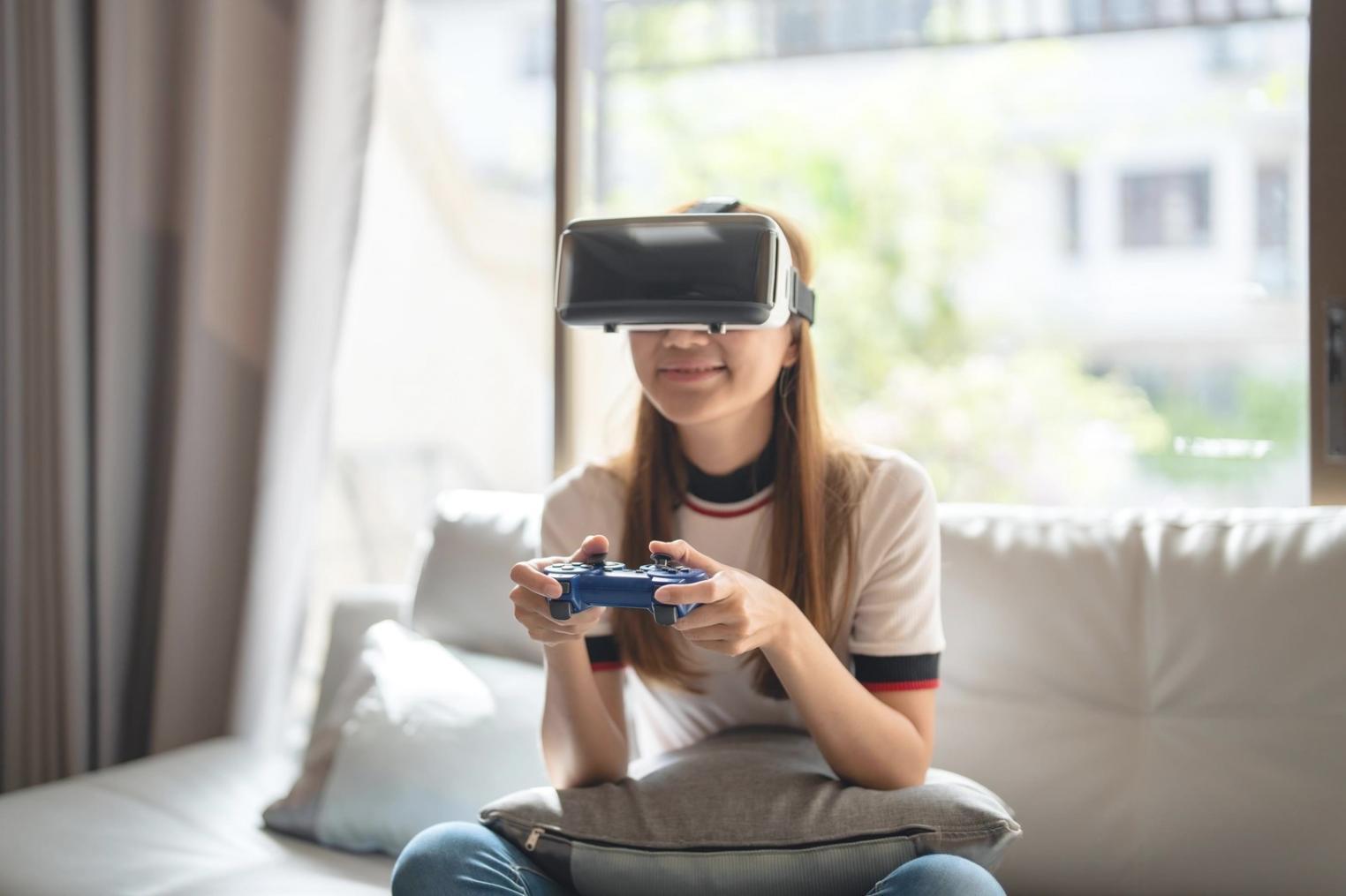Teaching Reality, One Layer at a Time
Where game engines meet immersive technology
We started in 2021 with a simple question: why does AR/VR development feel so disconnected from actual game creation? Three years later, we're still asking better questions and finding answers that actually work in production environments.
From Conference Room to Classroom
Most educational platforms started because someone saw a market gap. Ours began after a particularly frustrating project meeting in 2020.
A game studio in Zagreb needed AR features integrated into their Unity project. The VR specialists knew immersive tech but struggled with game architecture. The game developers understood engines but found XR frameworks confusing. Two weeks of miscommunication later, we realized the issue wasn't technical skill—it was the language barrier between disciplines.
By mid-2021, we'd developed internal training materials bridging Unity and Unreal workflows with ARCore, ARKit, and various VR SDKs. When three other studios asked for copies, we figured others might benefit too.
That's basically how this started. No grand vision. Just some documentation that turned out to be useful.



How We Actually Teach This Stuff
Engine-First Thinking
You're probably already working in Unity or Unreal. We don't make you learn a whole new paradigm. Instead, we show you how XR features fit into your existing workflow. Most AR/VR courses start with hardware. We start with your project structure.
Real Project Context
Every tutorial assumes you're building something specific—not just following along. Want hand tracking for a puzzle game? Spatial audio for a horror experience? We structure lessons around actual implementation scenarios, not abstract concepts.
Platform Agnostic Until It Matters
Most concepts work across Quest, PSVR2, and mobile AR. When platform differences actually matter for your project, we'll dig into specifics. No point learning Quest-specific optimizations if you're shipping on iOS.
Who's Behind This
Small team. Mostly developers who spent too much time explaining the same concepts in different studios. We all worked on shipped XR projects before this—some successful, some expensive learning experiences.
Our materials come from actual production problems we've encountered. When something breaks at 2 AM before a demo, you remember exactly what went wrong and how to prevent it. Those are the lessons that end up in our curriculum.
We're based in Croatia but work with developers across Europe. Time zones make synchronous learning tricky, so everything's designed for async study with optional live sessions.


Damir Kovač
Lead Technical Instructor
Spent eight years building VR training simulations for industrial clients before joining in early 2022. Still consults occasionally, which keeps the curriculum grounded in current production realities.
Damir's background in both game development and enterprise XR gives him a practical perspective on what actually matters when shipping immersive experiences. He's particularly good at explaining rendering pipelines without making your eyes glaze over.

